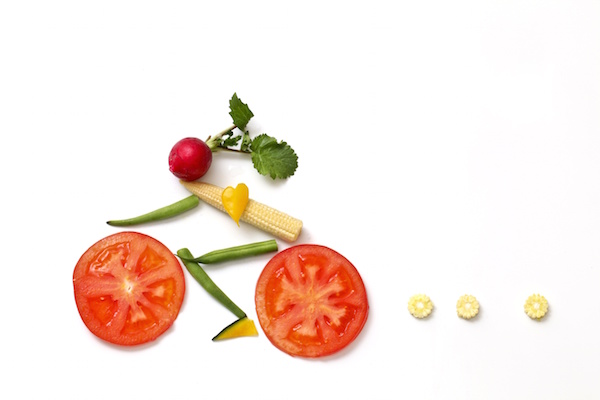
FRIDAY, July 15 (HealthDay News) — One way to avoid overeating at your favorite restaurant may be to order bigger cutlery, a new study suggests.
When eating out, people who used a large fork for bigger bites ate less than those who used a smaller utensil, according to findings released online in advance of publication in an upcoming print edition of the Journal of Consumer Research.
In conducting the field study in an Italian restaurant, Arul Mishra, Himanshu Mishra and Tamara M. Masters, all of the University of Utah in Salt Lake City, provided two sizes of forks to modify customers’ bite sizes. The researchers found that diners who used large forks ate less than those who were given small forks.
The reason for the discrepancy, the study authors suggested, is that people who eat out have a well-defined goal of satisfying their hunger. This makes them more willing to invest energy and resources to meet that goal, such as making menu selections, eating and paying the check.
“The fork size provided the diners with a means to observe their goal progress,” the investigators explained in a journal news release. “The physiological feedback of feeling full, or the satiation signal, comes with a time lag. In its absence, diners focus on the visual cue of whether they are making any dent on the food on their plate to assess goal progress.”
The research team put their conclusion to the test by varying the portions of food. They found that when served larger portions, diners with small forks ate significantly more than those with larger forks. In contrast, when customers were served smaller portions, the size of their fork did not affect the amount of food they ate.
The study authors pointed out that their findings apply to restaurant customers only — not people eating at home who may not have the same goals of satiating their hunger as restaurant customers.
To avoid overeating, the researchers suggested that people learn to better recognize and understand their hunger cues and how much food they should eat.
More information
The U.S. Centers for Disease Control and Prevention provides more information on portion size pitfalls.

